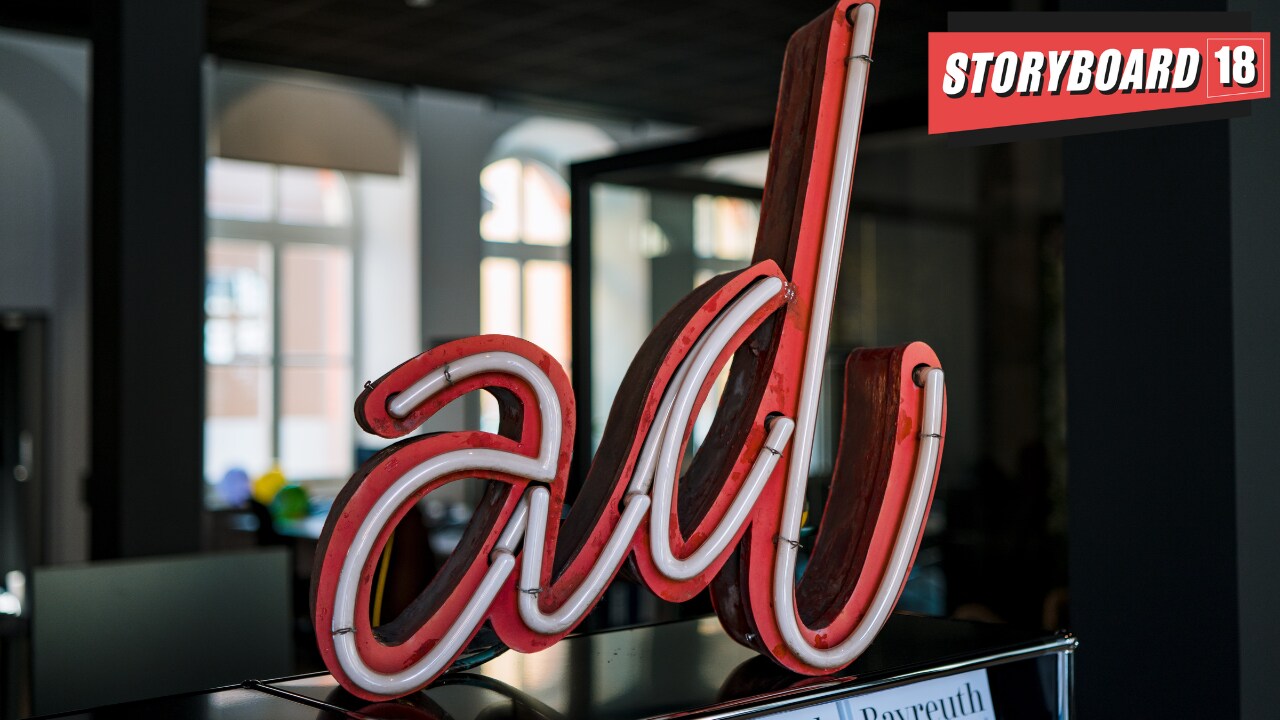If you find yourself skipping the ads on social media or avoiding your favourite influencer as she plugs assorted brands in her content, you may be suffering from digital ad fatigue.
In a recent interview to Storyboard18, Shantanu Deshpande, founder and CEO, Bombay Shaving Company, spoke of advertising fatigue on digital media with consumers scrolling past ads on Instagram and Facebook which led the digital-first, male grooming brand to engage with them through a podcast on entrepreneurship. You have to find a way for your brand to start appealing in ways that are beyond the product proposition, Deshpande told Storyboard.
His comments highlight a legitimate problem that marketers and brands may be facing in putting off their customers on digital platforms where they are bombarded with ads.
“Digital ad fatigue is real,” says Pratik Gupta, founder partner at Zoo Media, a network of digital agencies. “You’re assailed with ads everywhere — on YouTube and Facebook videos and even OTT platforms. Influencer content is also reaching a saturation point,” he says.
Viraj Sheth, CEO of Monk Entertainment, a digital agency specializing in influencer marketing and talent management, agrees there’s ad fatigue as the industry is swamped with brand deals. “But such response is true for any new platform that garners a lot of attention and eyeballs,” he adds.
Numbers put out by Dentsu indicate that there will be no letup in digital advertising. It will touch Rs 51,110 crore by 2024. Of the total ad pie, the share of digital spends will be 45 percent by 2024 led by social media, online videos and paid search.
Sahil Shah, president, Digital Experience at Dentsu Creative, says despite the buzz around ad fatigue, digital consumption is on the rise. “That’s what surprises me. Basically, the medium hasn’t peaked yet. So, then it seems that only the early adopters of digital media may be ad weary. That may be limited to an audience of the first 100 million people who got onto the Internet. The remaining 400-500 million may still be new and not averse to advertising. They enjoy ads, content and a mix of both together,” Shah says.
However, he agrees that ads have become more ubiquitous and slowly more people may find them cumbersome.
Like Shah, Rajni Daswani, director, digital marketing at full-service agency SoCheers believes that digital ad fatigue is a tier 1 city phenomenon with the more evolved customers skipping the ads. “But there’s a newer audience that marketers have started advertising to in the last two and half years, which is consumers in tier 2 and tier 3 towns,” she says. They’re not stricken by fatigue and brands are using regional creatives and direct communication to culturally connect with these people, she adds.
For the more evolved customers who watch subscription-led streaming platforms and YouTube premium videos minus advertisements, brands are resorting to contextual advertising depending on where they are in their purchase journey. Targeting a consumer more sharply when he’s in the market for a product works better than carpet-bombing a campaign that alienates him. “So you make the ad more niche than mass,” says Shah of Dentsu Creative.
Users of digital media leave plenty of footprints behind to be targeted easily. Cookies or no cookies, digital platforms capture ample information of what they are watching or interacting with, where they are pausing or even the events they are attending. “And all of that data is available to advertisers,” Daswani says.
Consumers are not only skipping ads but tiring of influencer marketing too. “Right now, I feel we’re in a space where, within the digital universe, there’s too much content and branded content being put out,” says Sheth.
“I think both creators and brands are trying to find ways to ensure that they don’t over expose themselves and create a blind spot for their audiences in a way where people stop wanting to buy from that brand completely,” says Sheth.
If influencers do not balance content and advertising ratio, the reason to follow them becomes redundant. However, Shah says that influencer marketing may be overcrowded, but it still works like magic if followers have high affinity and connect with the influencer.
Daswani feels the real challenge for digital advertising lies in the fact that not all brands are invested in making niche content pieces for the audiences. Even though some legacy brands have started making different commercials for digital media and for traditional media like television, they are still not open to making 20 different versions or pieces of content for more targeted marketing based on location or demographics. “They are not willing to invest the money or the effort,” she says.
“If we’re not open to what the audience demands, we will be outdated. But if content keeps evolving, there is no question of fatigue,” she says.
Shuchi Bansal has been a business journalist for over 30 years covering media, advertising, marketing and consumer economy.
